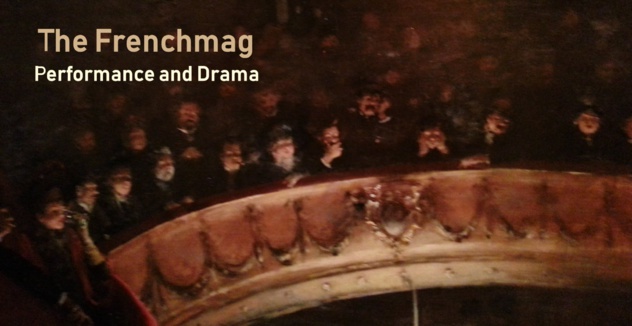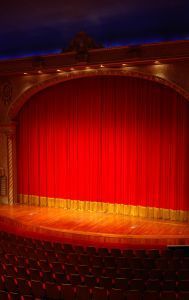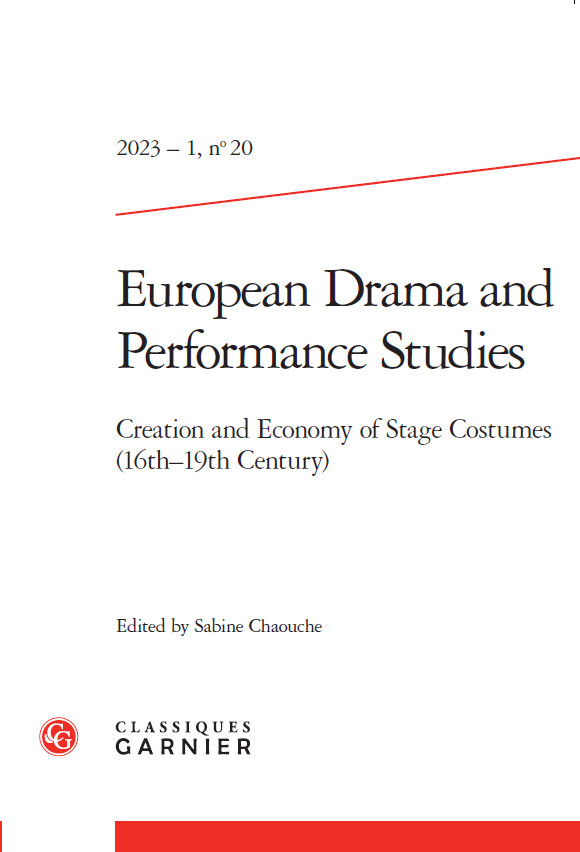The gallery Karsten Greve in Paris exhibits photographs by the Argentinean artist Sergio Vega
Can there be a revolution, or even capitalism, in paradise? If paradise is situated in Latin America, as the Spanish 17th-century historian Antonio de Leo Pinelo suggested, the answer is clearly yes. Sergio Vega, an Argentinean-born artist who studied sculpture at Yale University, has decided to explore one of the world’s most primeval paradises: the Amazonian forest in the Brazilian county Mato Grosso. In this wilderness of branches and leaves too thick to let the sunlight filter through, he experienced the unsettling sensation of being a human far from everything human or man-made, a living being in the midst of millions of others without any respect for intellectual superiority.
Can there be a revolution, or even capitalism, in paradise? If paradise is situated in Latin America, as the Spanish 17th-century historian Antonio de Leo Pinelo suggested, the answer is clearly yes. Sergio Vega, an Argentinean-born artist who studied sculpture at Yale University, has decided to explore one of the world’s most primeval paradises: the Amazonian forest in the Brazilian county Mato Grosso. In this wilderness of branches and leaves too thick to let the sunlight filter through, he experienced the unsettling sensation of being a human far from everything human or man-made, a living being in the midst of millions of others without any respect for intellectual superiority.
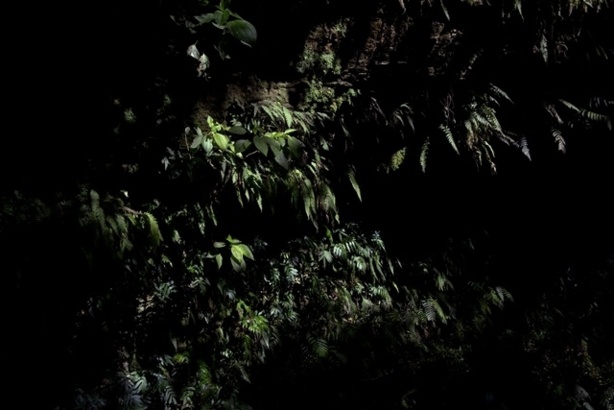
(c) SV. Caravaggio’s Moss B (2011)
Unexpectedly, this unique environment flooded Vega’s mind with references to Occidental art history and political history, which he tried to capture with his camera. By turning his attention towards nature in its purest state, he obtained a series of extraordinary “tree portraits” which recall, for instance, the Baroque paintings of Rubens and Caravaggio. The photographer experimented with the exuberance of organic forms, and with the chiaroscuro of feeble sunrays making their way through masses of leaves into the thick underwood. Another series depicting mysterious foggy landscapes vaguely evokes the paintings of Caspar David Friedrich, and one could easily imagine a lonely figure contemplating the scene with his back to the audience. However, humans are strikingly absent from Vega’s images.
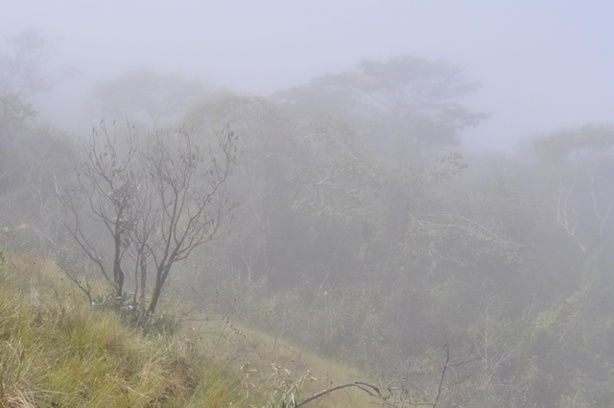
(c) SV. Mist in the Forest 7 D (2011)
By contrast, the traces human hands have made in this Garden of Eden are strikingly evident. Ironically, only the rampant deforestation has created enough space to allow Vega to obtain a more classical landscape view of the few protected species of trees that have escaped the massacre. Like several other pictures in the exhibition, the scene captivates the viewer through the sheer diversity of shades of green and the inexhaustible variety of the shapes of trees, bushes and leaves.
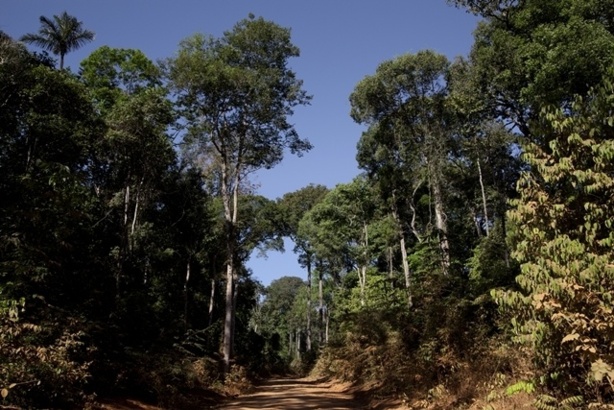
(c) SV. Roads of Amazonia 5 (2011)
In Sergio Vega’s photographs, reality is never a stable concept; he demonstrates that the meeting of an image and an idea can create new realities. Wandering through a town called Cláudia on the 14th of July in 2011, he was suddenly struck by the view of a house which bore several signs reminding him of key points of French history from the Revolution to present-day capitalism: the storm on the Bastille (the phone booth is numbered 14), Napoleon (the shape of the phone booth which reminded him of a caricature of the emperor’s head), the 1871 Paris Commune (the house number) and Disneyland, France’s most visited monument today (the shadow on the house recalling Mickey Mouse ears).
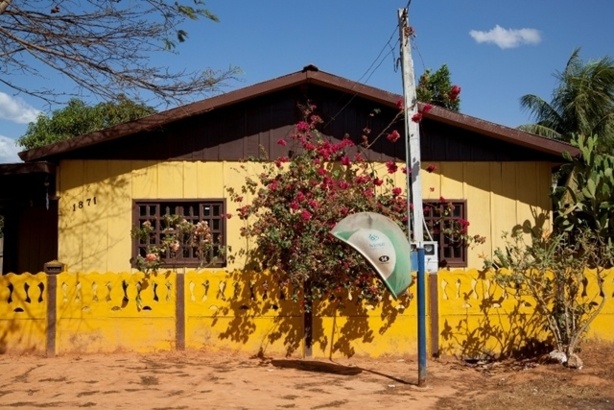
(c) SV. July 14th (2011)
Once sensitized to the possibility of such irruptions from history, the artist’s mind began to wander to France. In a surrealist co-occurrence of events, he came across a heap of objects that seemed like a collection of ready-mades, with an abandoned toilet evoking Duchamp’s notorious “fountain”. As he began to capture the ensemble, a rooster stalked majestically through the scene, exploring the scattered items like a Baudelairean flâneur.
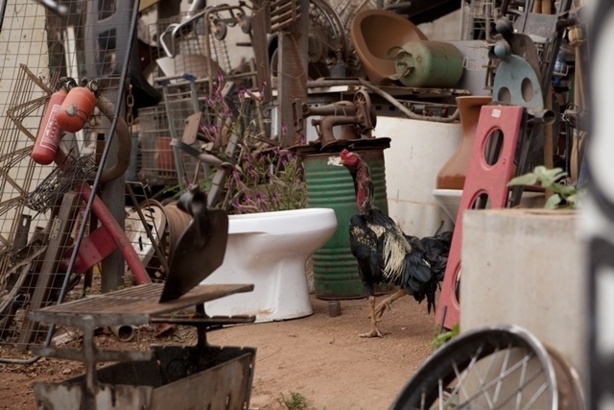
(c) SC. 4 steps of a rooster manifesto (step 3) (2011)
Thus, Vega closes the circle from baroque opulence and will to form to surrealist fragmentation and disorder, even though, as in every one of the photographs shown in this exhibition, the randomness is only apparent as he maintains an impeccable sense of composition. Some of his images emphasize the sheer absurdity of a situation, such as a picture of a grand, freshly painted fence guarding a non-existent house and garden. Past and present, nature and culture are once more united in a single image as the shapes of the fence remind Vega of tribal face paintings and the patterns made by the leaves of palm trees.
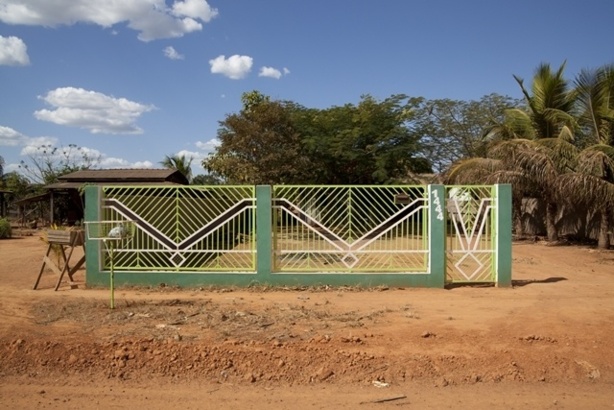
(c) SV. The Enigma of 1444 (2011)
Whether one is seduced or convinced by the references Vega finds in his simple or august scenes actually matters little, as the very allusive photographs constantly invite the spectator to find his or her own references. One astonishing feature of the exhibited pictures is the sheer intensity of the colours, which, for the most part, have not been reworked. The vegetation seems at once incredibly dense and almost ethereally light, and sometimes it is displayed in astonishing detail. Therefore, some pictures have a sensuous quality as the viewer feels almost embedded in the jungle and able to touch the delicate leaves dangling seemingly at arm’s reach. Others have an air of mystery due to their hazy, opaque atmosphere or because of the sense of abandonment they create. As the viewer steps into each picture and thus adds the missing (or precisely unnecessary) human element to it, he or she might feel like an intruder, like an explorer or just like an observer contemplating the deeper sense of Sergio Vega’s evocative scenes.
Iris Julia Bührle
Exhibition Sergio Vega: July 14th, The 4 Steps of a Rooster Manifesto and Other Stories…
February 2-April 6
Gallery Karsten Greve
5, rue Debelleyme
75003 Paris
Iris Julia Bührle
Exhibition Sergio Vega: July 14th, The 4 Steps of a Rooster Manifesto and Other Stories…
February 2-April 6
Gallery Karsten Greve
5, rue Debelleyme
75003 Paris
